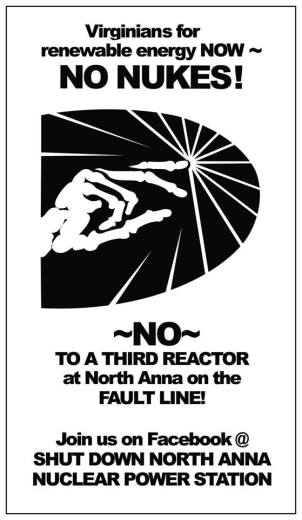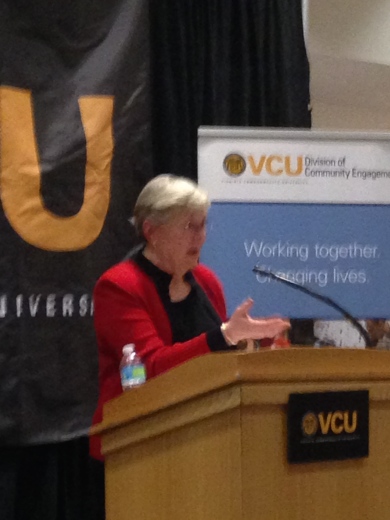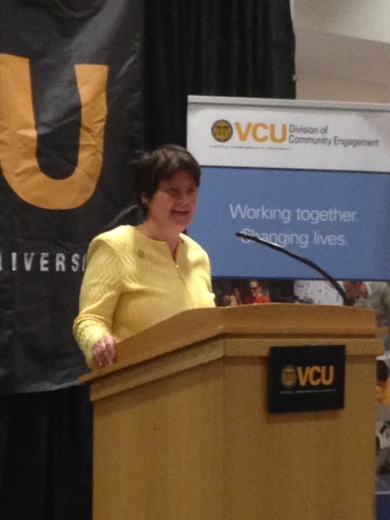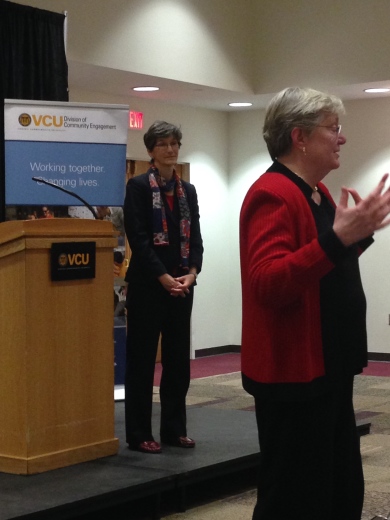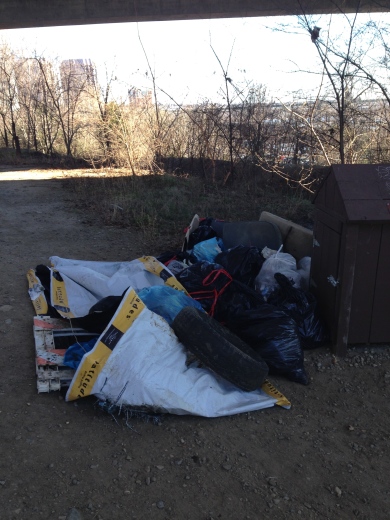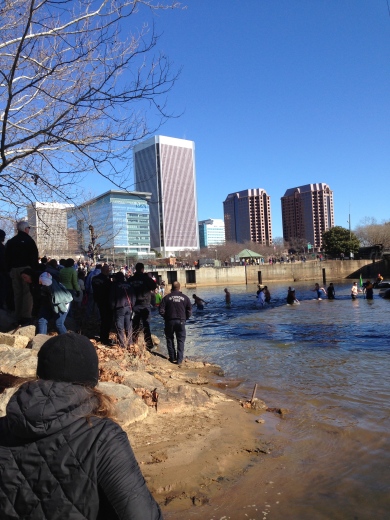An open letter to Parker Agelasto, Richmond Times Dispatch, Style Weekly, and all my neighbors…
Parker,
As you may know, Verizon has recently expanded its FIOS (broadband internet) coverage into Oregon Hill. From the outside, this seems like good news, but the end result is that I’m now paying more money for less bandwidth that I had ten years ago.
Most people don’t realize that Comcast and Verizon both own significant shares of each other. This “merger without merging” happened back in 2011 when Comcast agreed not to get into the wireless business and let Verizon have that. In exchange, Verizon agreed to cease expanding its FIOS coverage in most areas, which is why Oregon Hill was ignored for so long.
The workers I spoke with, who began installing FIOS in Oregon Hill last year, said the only reason Verizon was doing this was because it had failed to live up to its agreement with the City Of Richmond to provide FIOS service to a certain percentage of the population in return for their franchise license. It was scrambling to make that happen, and was very much behind schedule. Verizon didn’t bring FIOS into Oregon Hill out of the goodness of their hearts.
With FIOS plans starting at $55 per month (plus taxes, plus fees, plus equipment rental fee, on a TWO YEAR CONTRACT) you would think that Comcast would be inclined to offer special rates to retain customers. You would be wrong.
With Verizon no longer offering DSL packages in the neighborhood (and no longer offering DSL resellers a competitive pricing structure), there is no reason for Comcast to be significantly cheaper than Verizon.
In fact, internet access offered by Comcast is pretty much on par with that offered by Verizon.
What’s wrong with that? Why should they offer me cheaper service when they don’t have to?
Because they’ve purposefully eliminated my options.
Ten years ago, I could get DSL from Verizon or any number of resellers for about $40/month, and the speeds were about 6000 down/1500 up.
In the present day, ten years later, if I want internet access, that same $40 per month will only buy me Comcast’s economy plan (which they won’t willingly tell you about), which provides speeds of 3000 down/768 up.
To put this in perspective, that same forty dollars buys me HALF of the speed it bought me ten years ago.
But what’s really corrupt about this whole thing is that up until six months ago, before FIOS was installed, Comcast was selling me internet access for $30 per month, and that bought me speeds of 25,000 down/5000 up.
It was a “six month promotion” which went on for almost two years. They had to give me that price to keep me away from all the DSL resellers, who they had to COMPETE with.
I called one of those DSL resellers today. If I wanted the same level of service Comcast was offering me for $40 per month, it was going to cost me over $70 per month. Why suddenly so much money for DSL? Because Verizon owns the copper phone lines which DSL runs on, that’s why. Verizon doesn’t want you using the copper phone lines, they want you using FIOS, which costs a minimum of $55 per month, plus fees, etc etc.
Let me summarize:
Ten years ago, DSL = $40/month = 6000 down/1500 up
Last year, Comcast = $30/month = 25,000 down/5000 up
FIOS gets installed in Oregon Hill.
This year, Comcast= $40/month = 3000 down/768 up
Technology is supposed to get faster and cheaper. This is not progress, this is collusion, price-fixing, and monopoly.
Why am I writing you about it? Because the City Of Richmond enforces this monopoly, and they need to know that they’re not providing increased or better internet access to the public in doing so.
The solution? The city either needs to roll out municipal broadband, and/or open up the licensing process so other, smaller, more local businesses can put up their own wires on the phone poles, and offer up some real competition.
Very concerned about this.
–Matt Siegel

